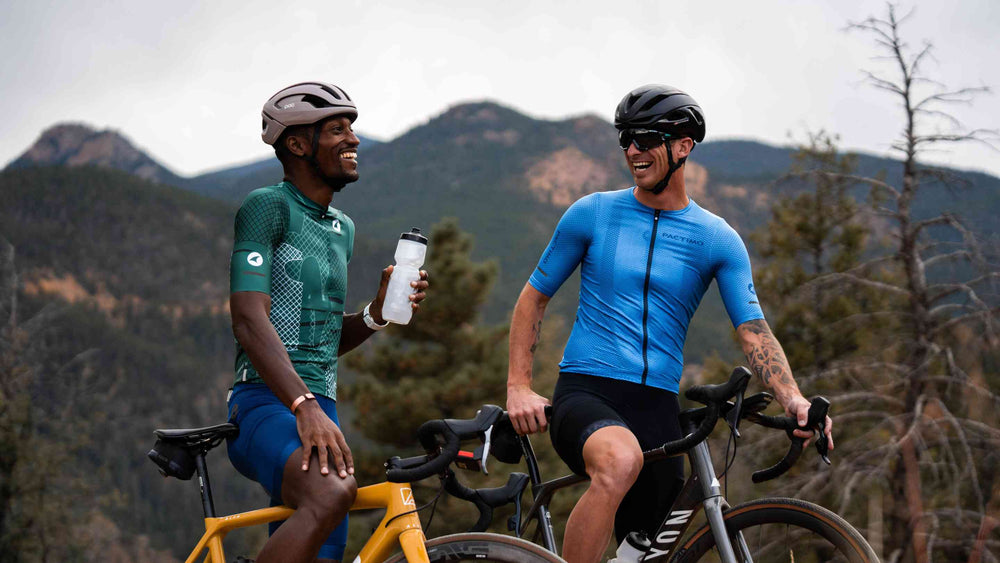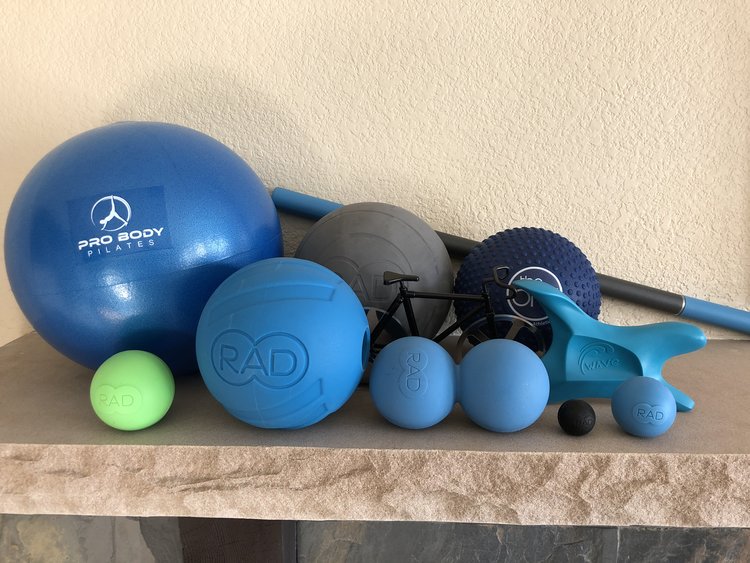Just as in sport, nutrition and hydration impact your ability to recover.
By Jennifer Sharp, ALP Cycles Coaching
Myofascial Release: Sounds fancy, eh? Chances are you're already doing some sort of myofascial release. Whether you use a foam roller, normatech boots, a lacrosse or tennis ball - you're attempting to release the tension due to trauma, posture, or inflammation. Or in a cyclists case - attempting to make your legs feel better after doing hundreds of thousands of pedal revolutions in a single ride. Sometimes it is downright painful. Yet after you're done, you feel 10 times better.
What Fascia? Our bodies are wrapped by fascia, a thin, elastic type of connective tissue that runs from the tip of your toes to the top of your head. It supports and protects our muscles, organs and through there's a lack of scientific evidence to prove its effectiveness, it's used widely within the alternative medicine community "to treat skeletal muscle immobility and pain by relaxing contracted muscles, improving blood and lymphatic circulation, and stimulate the stretch reflex in muscles."
Why Myofascia? If you've ever felt stiff or had trouble moving, then you've likely damaged the underlying myofascia and muscles. If you continue to train despite this muscle soreness, then you might experience more soreness. It might event get to the point where barely brushing the surface of a tight and sore muscle can leave you with tears (hello IT band!). So how do you ease the suffering?
First of all, stretching helps. Spending a few minutes a day post exercise can make a world of difference. Using gentle movements, you can help ease the discomfort. You can also press down and hold sore areas for a few minutes by rubbing, palpitating and rolling the tissues.
And that's where myofascia balls come into play.
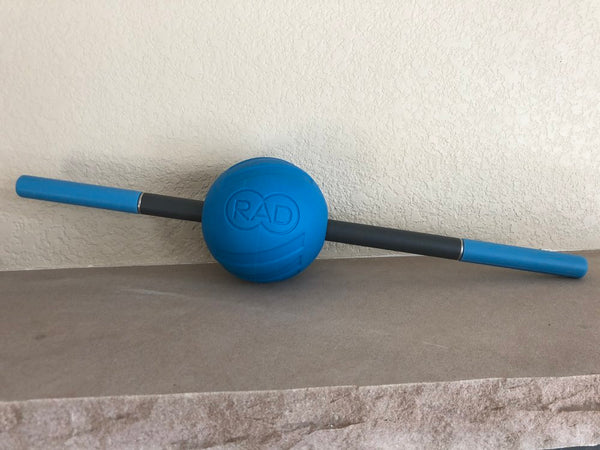
The above photo is the RAD Atom coupled with the RAD Rod. Use the Rod post exercise to lightly flush your muscles and combine it with the ball to target specific muscle tightness.
I've suffered from chronic lower back pain and it flared up this past New Years. After visiting a chiropractor multiple times and getting immediate but no long lasting relief, I made an appointment with my primary care physician to identify the cause. A trip to the x-ray machine revealed mild degenerative disc disease and a couple of treatment options: physical therapy to start and potentially surgery if things persist or worsen.
I started seeing a physical therapist immediately and discovered my gluteus medius wasn't firing, which cyclists need to power the pedals. Instead, my power was coming from my lower lumbar and quad dominate pedal stroke. It was only a matter of time before a weak core and misfiring muscles would cause me enough lower back pain to barely get out of bed in the mornings.
Moving my body is my livelihood. Cycling is an integral part of that movement, so with the down time I had off the bike, I decided to throw everything I had at figuring out the issue and how to fix it. On a whim, I took a myofascia release workshop at my local yoga studio and immediately felt the benefits of this body work.
After 3 weeks of stretching, doing physical therapy exercises, pilate movements and myofascia work, my back felt much better. So much, that I can finally train again, consistently. And though I'm not completely sure if it was one exercise over another that helped with my healing, I now make myofascia release a part of my everyday routine, because a happy, fluid, pain free body is a fast body.
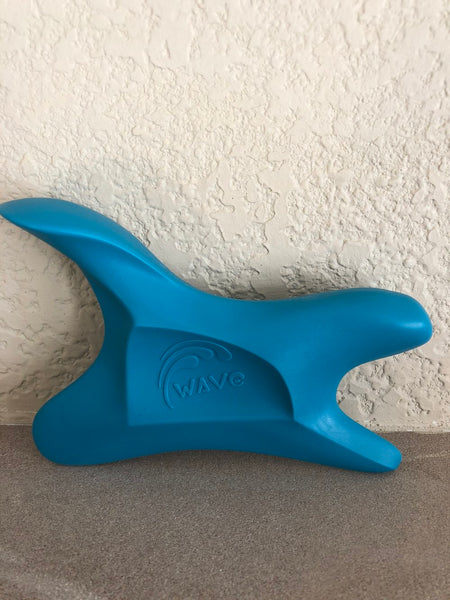
The above photo is the Wave Tool. This tool combines IASTM edges and massage surfaces to completely treat myofascia pain, restrictions and adhesions.
- Spinaris T, DiGiovanna EL (2005). Chapter 12: Myofascial release. An Osteopathic Approach to Diagnosis and Treatment (3rd ed.). Lippincott Williams & Wilkins. pp. 80–82. ISBN 978-0-7817-4293-1.
...........................................................................................
ABOUT JENNIFER SHARP
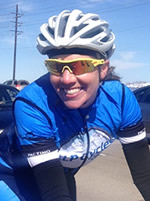 Jennifer Sharp, a USA Cycling Level 1 Coach, started racing in 2004 as a means to fulfill her competitive itch. Previously a national level boxer, she grew tired of getting hit in the head and decided to pound the pedals instead. She bought a pink Kona road bike completing several recreational rides and found herself passing as many people as possible. Since then she has multiple podiums at elite track national championships, master track national championship titles and world cup finishes under her belt.
Jennifer Sharp, a USA Cycling Level 1 Coach, started racing in 2004 as a means to fulfill her competitive itch. Previously a national level boxer, she grew tired of getting hit in the head and decided to pound the pedals instead. She bought a pink Kona road bike completing several recreational rides and found herself passing as many people as possible. Since then she has multiple podiums at elite track national championships, master track national championship titles and world cup finishes under her belt.
Jennifer, a Seattle native, joins the ALP Cycles Coaching with a background in road and track. Her experience as a USA ParaCycling team tandem pilot, part-time work at USA Cycling in the Coaching Education Department and love for all things cycling is a welcomed addition to the ALP Cycles Coaching team.
About ALP Cycles Coaching
ALP Cycles Coaching is located in the mountains of Colorado, and is a cycling coaching company with over 25 years of professional sports experience. ALP Cycles Coaching is unique in that we have 4 coaches, Alison Powers, Jennifer Triplett, and Patricia Schwager who each brings her own coaching strengths and personal experiences. We work together to create a training plan that works for each and every person. Visit them online at http://alpcyclescoaching.com









